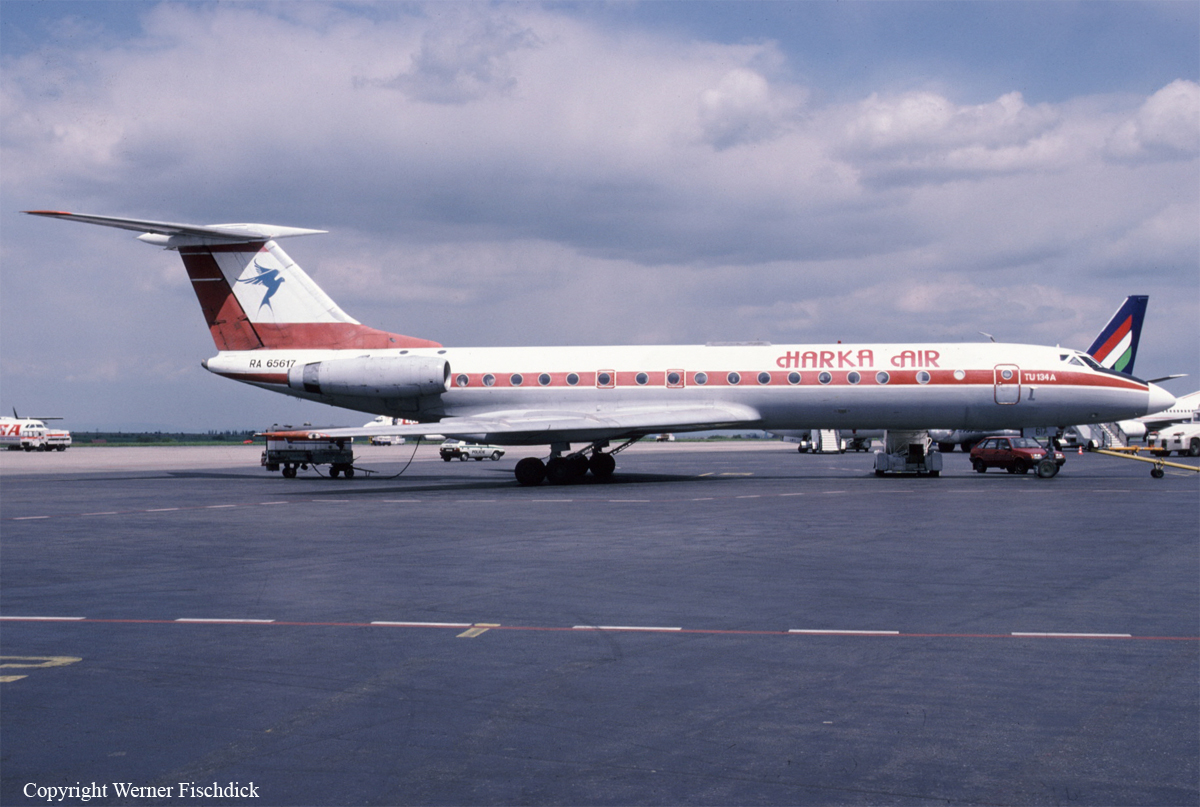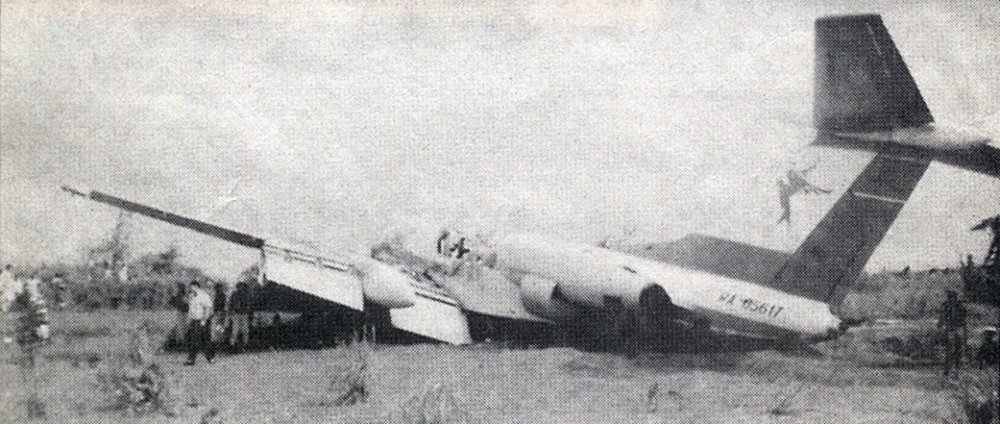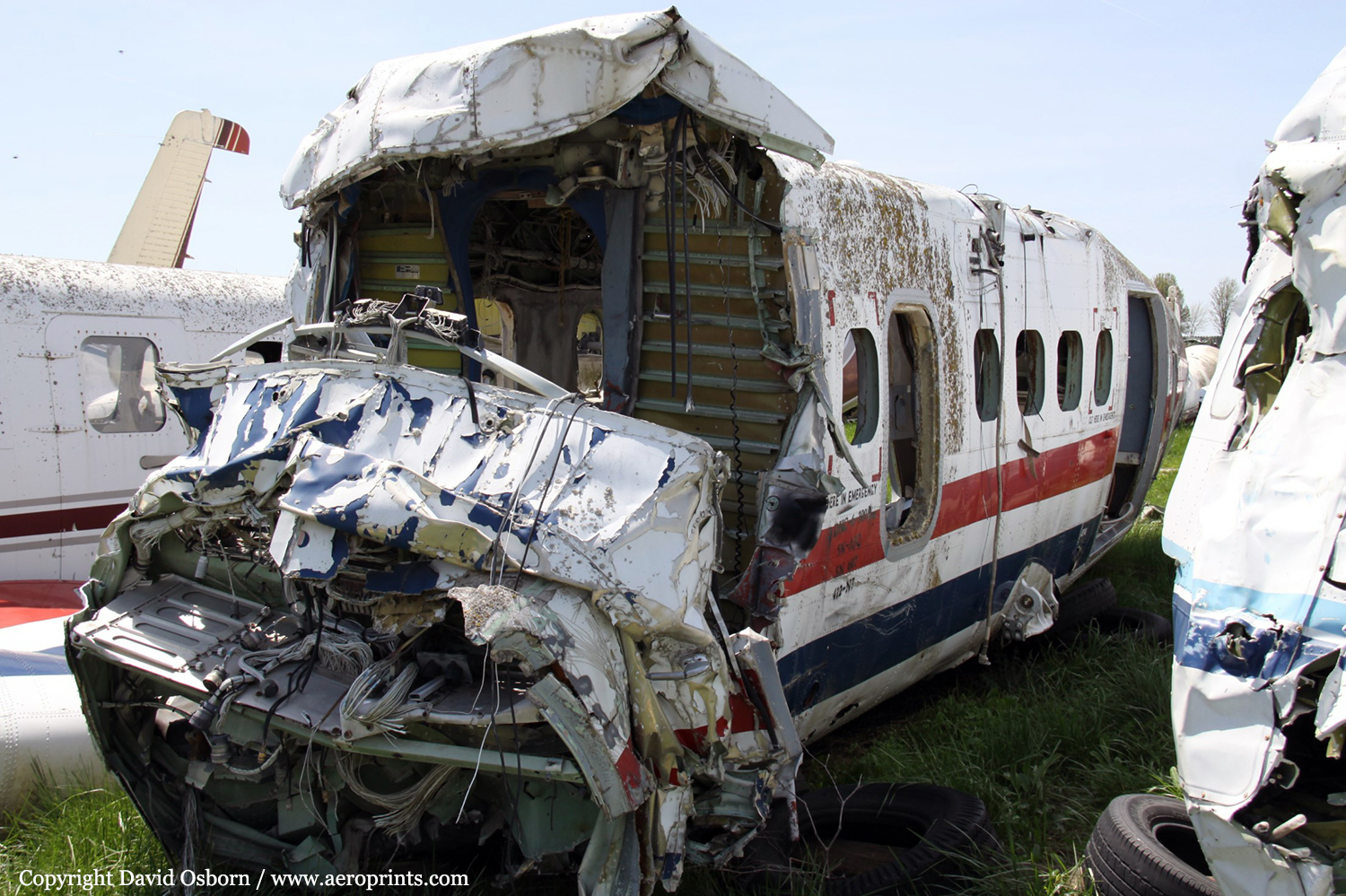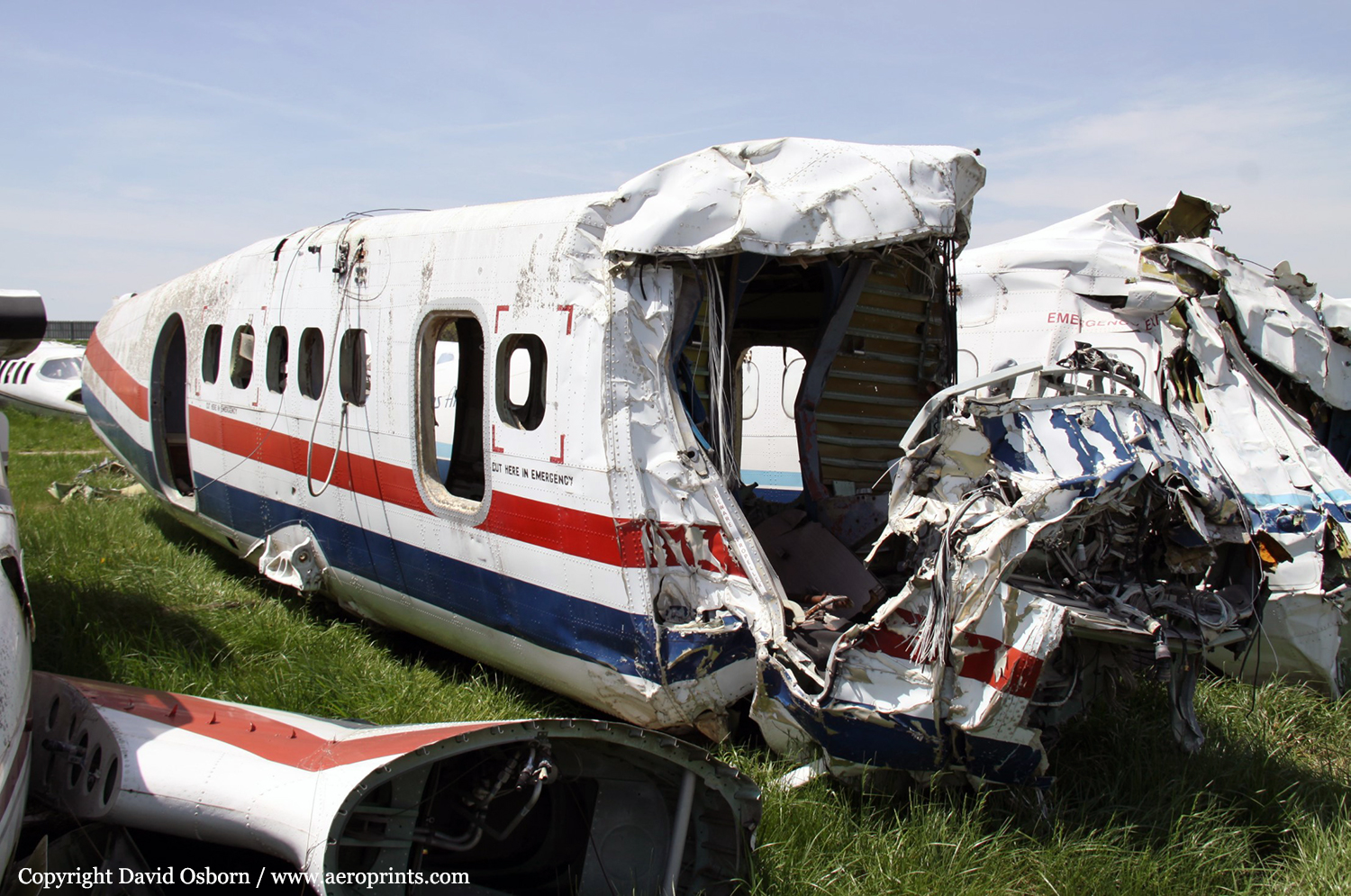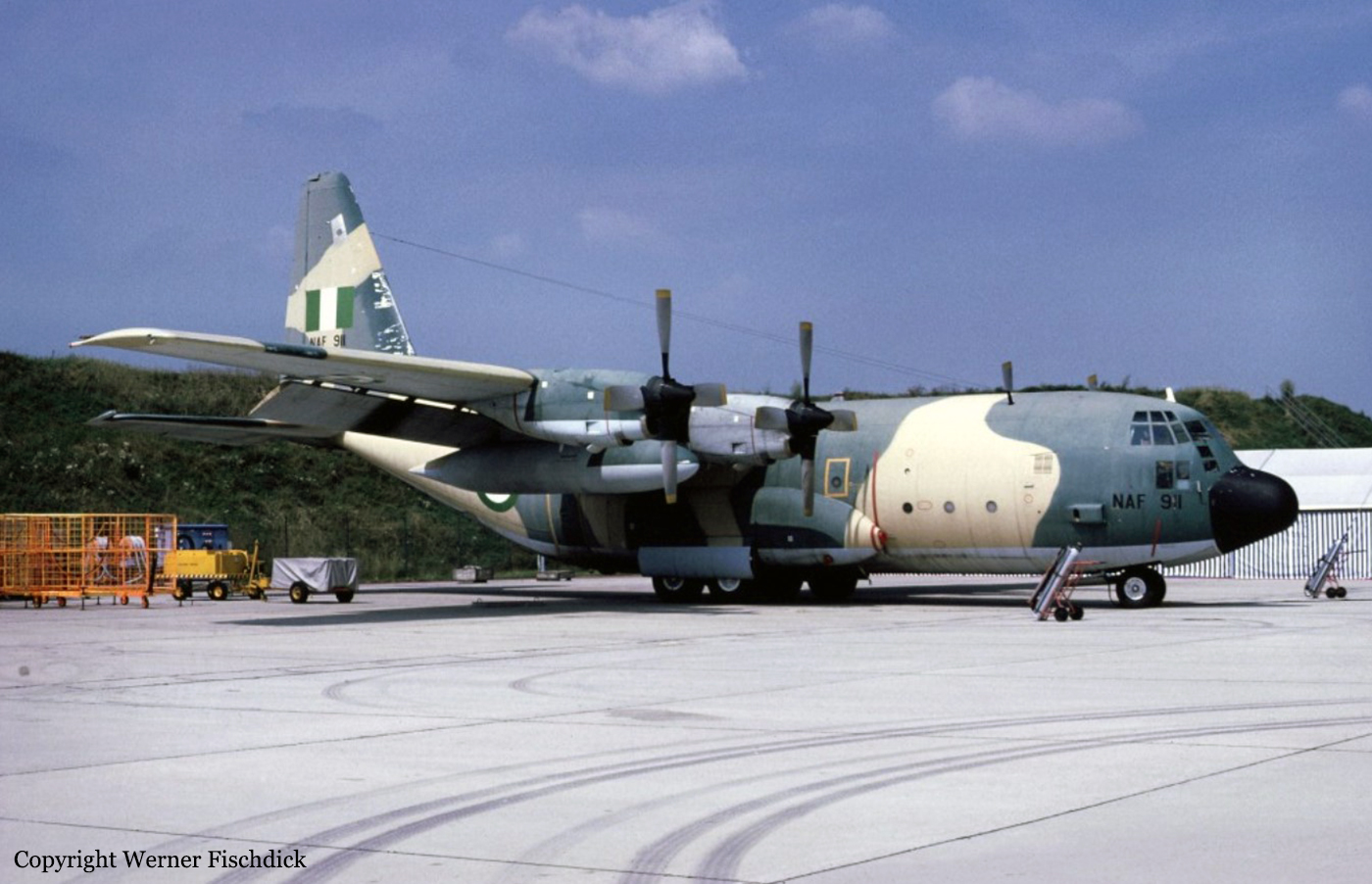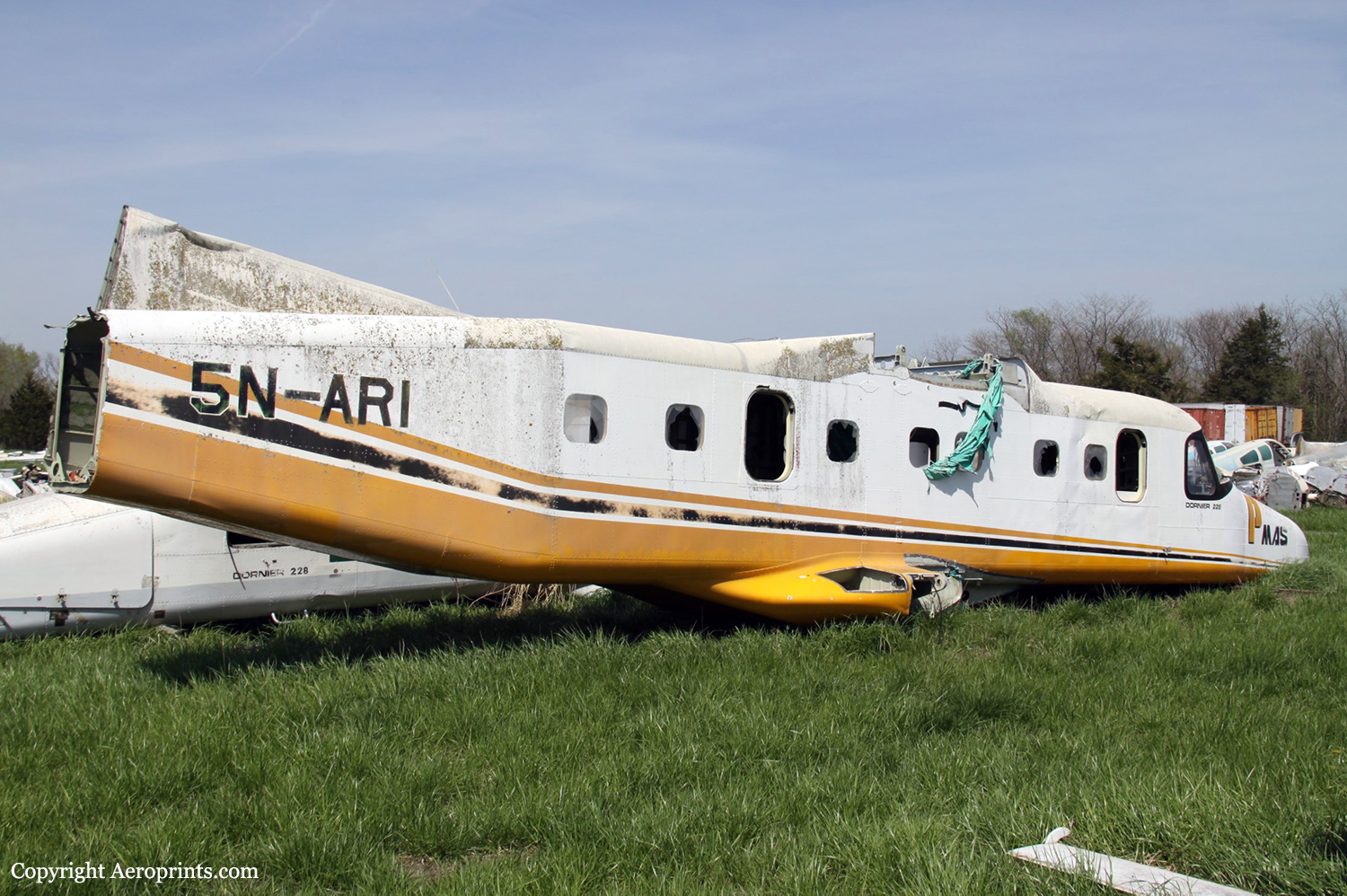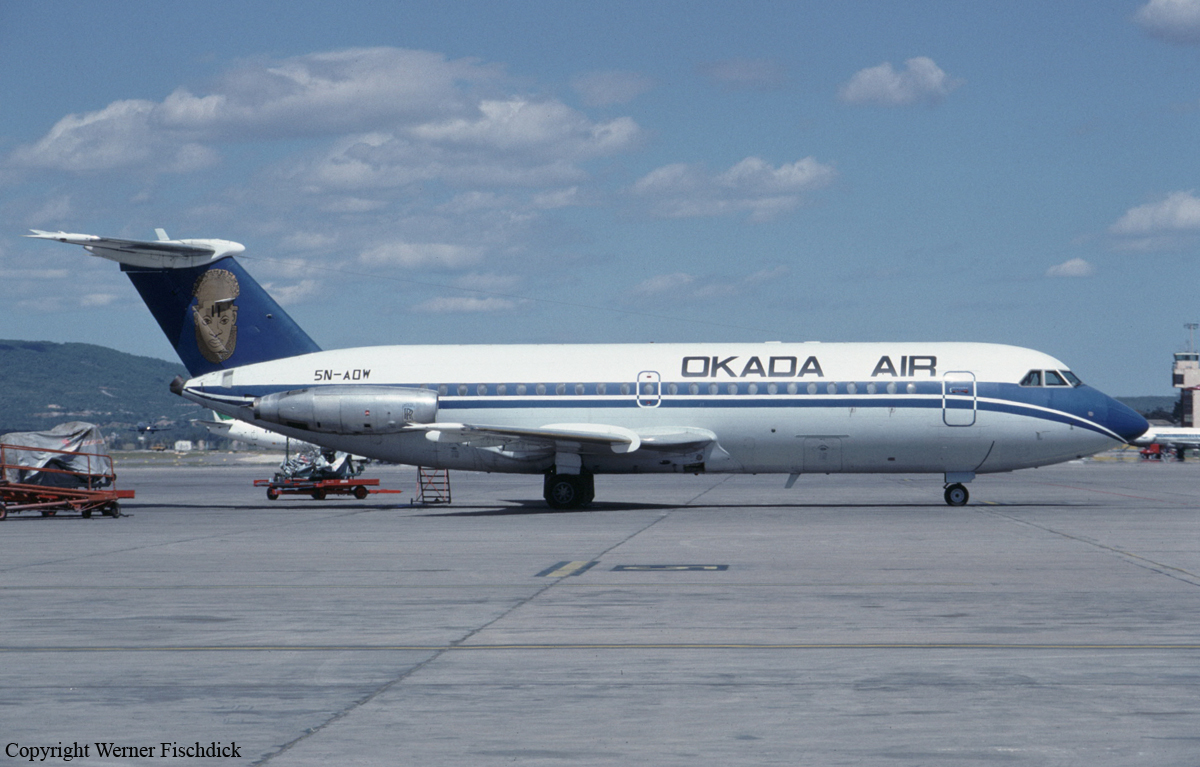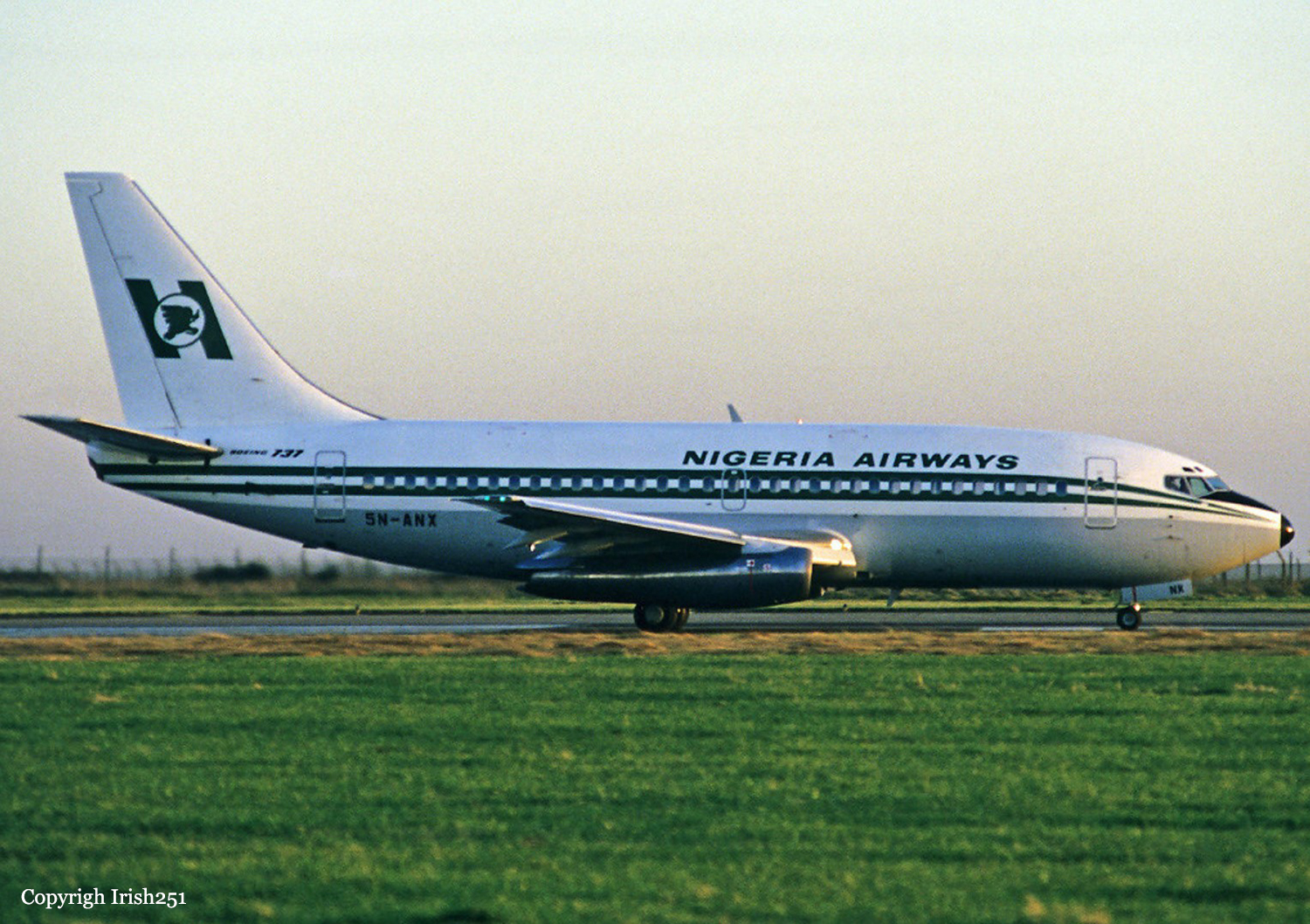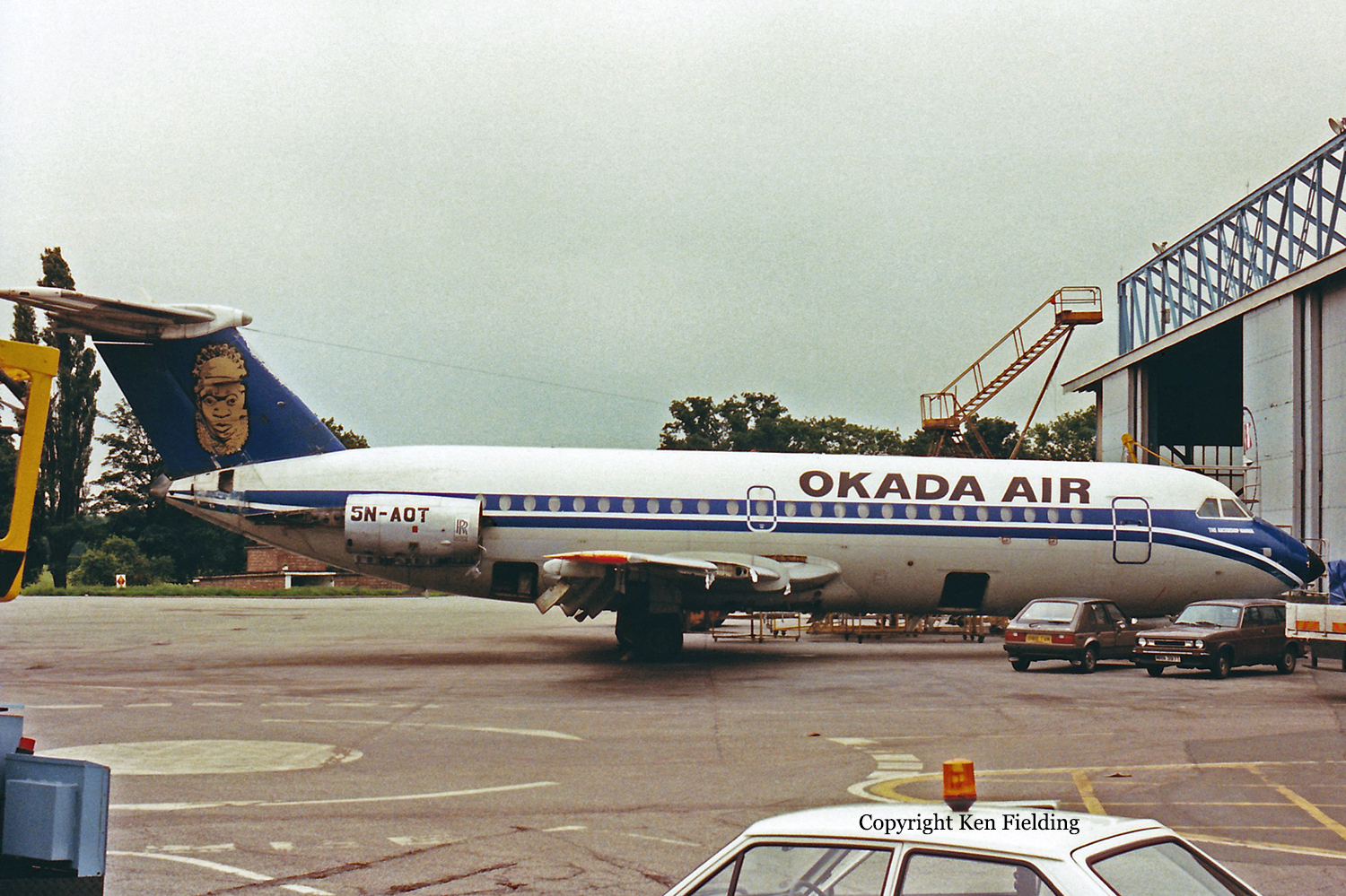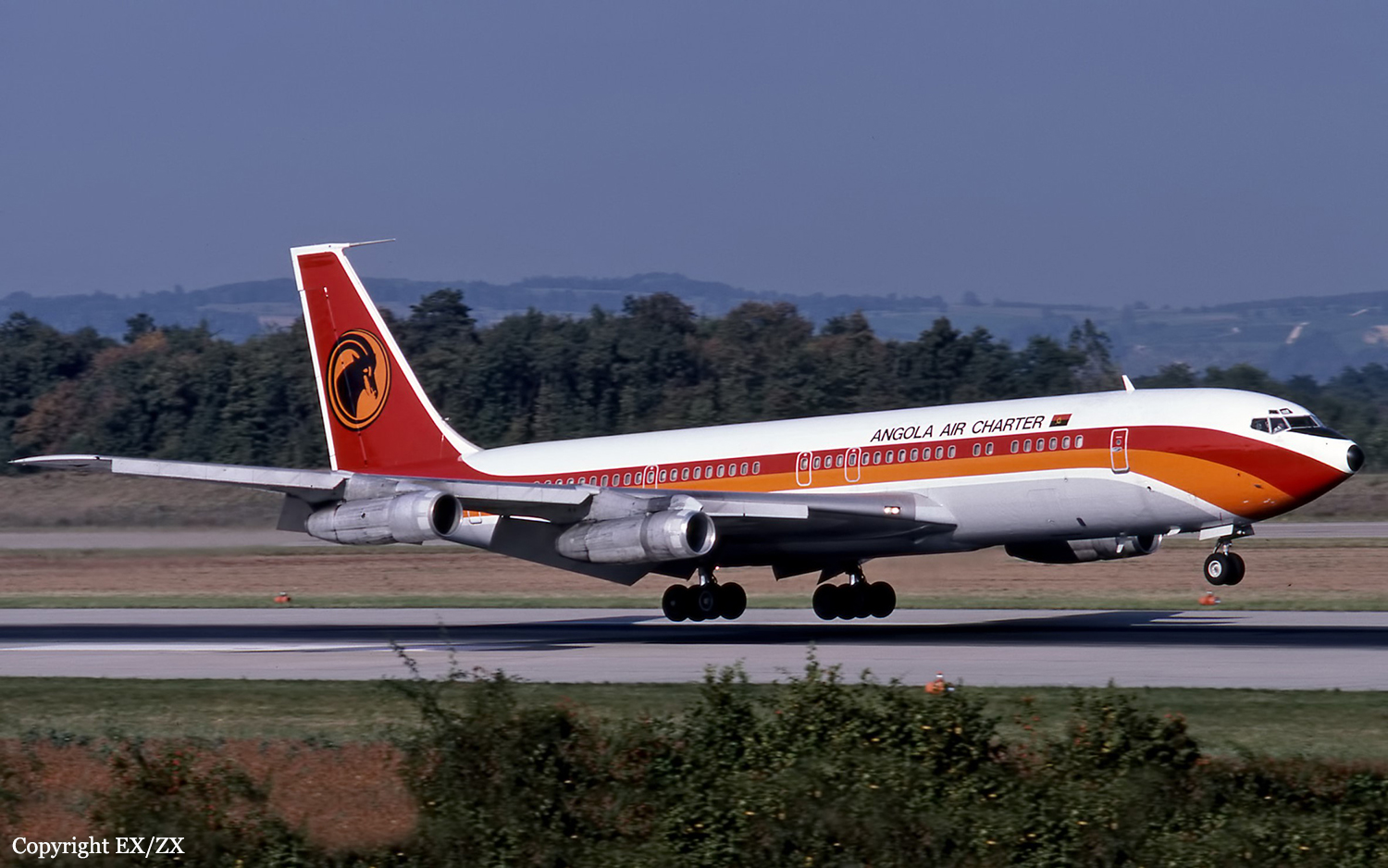Crash of a Tupolev TU-134A in Lagos: 15 killed
Date & Time:
Jun 24, 1995 at 1605 LT
Registration:
RA-65617
Survivors:
Yes
Schedule:
Kaduna - Lagos
MSN:
08068
YOM:
1974
Crew on board:
6
Crew fatalities:
Pax on board:
74
Pax fatalities:
Other fatalities:
Total fatalities:
15
Aircraft flight hours:
24844
Aircraft flight cycles:
15740
Circumstances:
Following an uneventful flight from Kaduna, the crew started the approach to Lagos-Murtala Muhammed Airport in poor weather conditions with heavy rain falls and strong winds. On short final, the wind changed to a tail component and became stronger. This caused the aircraft to land too far down the runway, about 1,000 metres past the runway threshold. On a wet runway surface, the aircraft was unable to stop within the remaining distance, overran, struck the concrete structure of a drainage ditch and came to rest 147 metres further, bursting into flames. 65 people were rescued while 15 passengers were killed. The aircraft was destroyed.
Probable cause:
It was determined that the accident was the consequence of the following factors:
- Poor quality in the organization of the meteorological support at Lagos airport, as a result of which the crew did not receive reliable information about the actual direction and force of the wind during the approach and landing procedure, which caused the aircraft to land too far down the runway;
- The presence of a layer of water on the runway, about which the crew was not informed prior to landing, which caused the aircraft to enter an aquaplaning mode and the loss of braking action efficiency;
- The failure of the crew to initiate a go-around procedure after he encountered poor weather conditions during the final stage of the approach and an erroneous estimation of the actual remaining length of the runway for the safe completion of the landing in case of heavy rainfall;
- Violation on part of the cabin crew requirements for the number and placement of flight attendants at landing, which led to unnoticed penetration of 15 passengers into the rear trunk and toilets after the plane crashed and their death in the event of a fire;
- Unsatisfactory organization of rescue operations at Lagos Airport.
- Poor quality in the organization of the meteorological support at Lagos airport, as a result of which the crew did not receive reliable information about the actual direction and force of the wind during the approach and landing procedure, which caused the aircraft to land too far down the runway;
- The presence of a layer of water on the runway, about which the crew was not informed prior to landing, which caused the aircraft to enter an aquaplaning mode and the loss of braking action efficiency;
- The failure of the crew to initiate a go-around procedure after he encountered poor weather conditions during the final stage of the approach and an erroneous estimation of the actual remaining length of the runway for the safe completion of the landing in case of heavy rainfall;
- Violation on part of the cabin crew requirements for the number and placement of flight attendants at landing, which led to unnoticed penetration of 15 passengers into the rear trunk and toilets after the plane crashed and their death in the event of a fire;
- Unsatisfactory organization of rescue operations at Lagos Airport.
